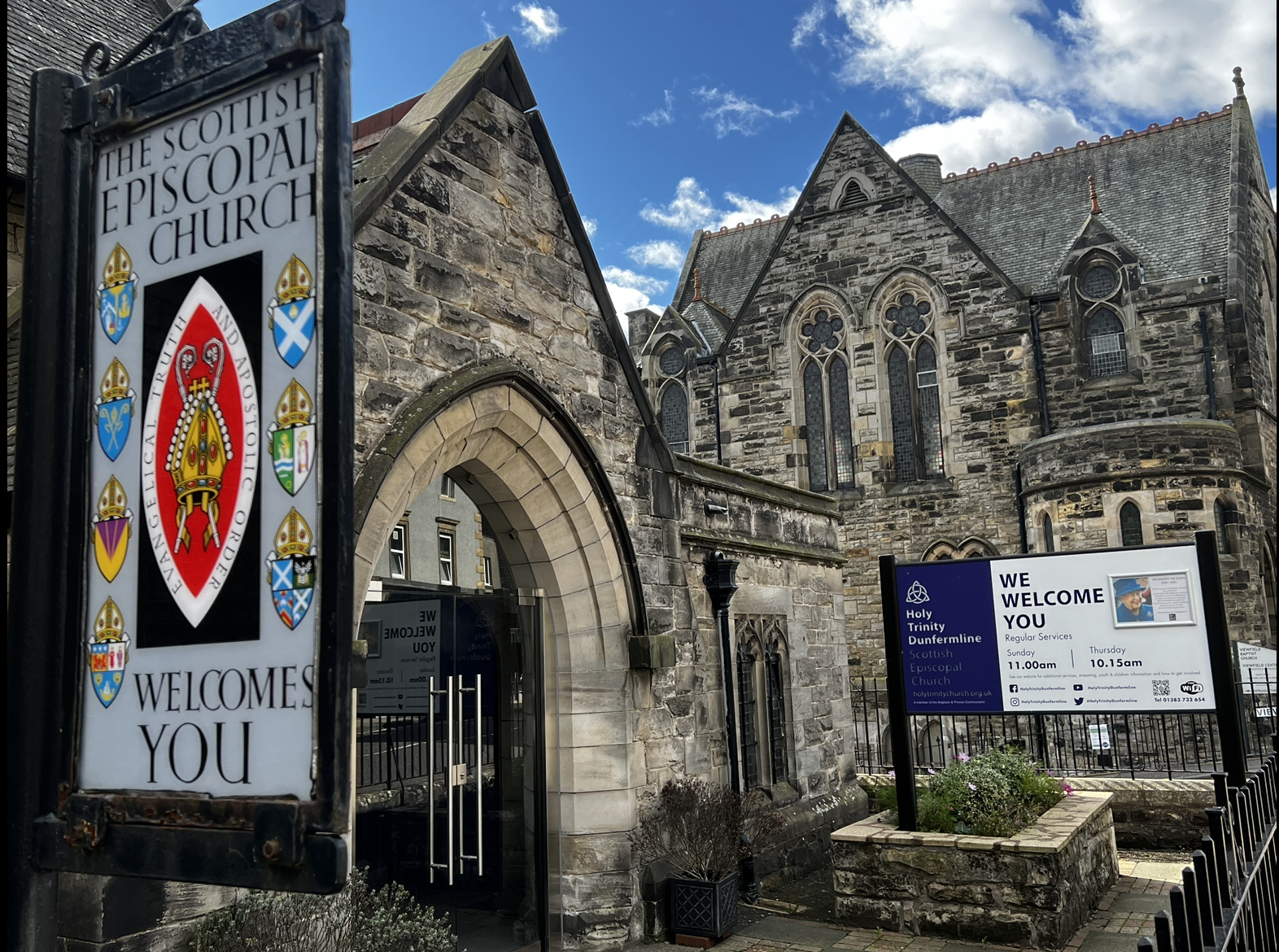St Machar, 12th November
For this article we are going back to an early saint of the Celtic church of whom few hard and fast facts are known and we are left relying on legend. Even that fount of knowledge, Wikipedia, is not much help, since a visit to it said that little was known about him and any reliable information would be welcome. Also I could not find any pictures of him. I would suspect therefore that he will be unknown to many members of our congregation unless they come from or have connections with the city of Aberdeen where St Machar’s Cathedral (since the Reformation a Church of Scotland Kirk), a University Hall of Residence, a North Sea Oil Field, and a Coffee Bar are all named after him. Despite the lack of knowledge about him he is named in the Episcopal Church Calendar of Saints as having particular relevance to the Aberdeen and Orkney Diocese as bringing Christianity to that part of Scotland. Anything else about him is based on unsubstantiated and often contradictory legend.
St Machar is alleged to have been the son of Fiachna, a prince of Ulster, and as a young man was baptised by St Colman. At his baptism he was given the baptismal name of Mochumma and appears to have been referred to by both names in the legends passed on by word of mouth – a source of confusion. To fit in with the legends he must have been born about 540AD and lived to about 600AD. In the year 561AD, legend has it that he was one of the Celtic monks who accompanied St Columba into exile in Scotland following a fight between two monasteries over the ownership of an illuminated Bible. From thence he followed Columba to Iona and was part of the community there with Columba as Abbot. Like other monks from Iona he carried out missionary work in the islands in that area preaching and founding churches particularly on Mull where he established a reputation for piety and miracle working. He is said to have cured seven lepers and when faced by a ravening wolf turned it to stone.
The other monks in the abbey at Iona became jealous of his success at conversions and popularity amongst the people of the area and persuaded Columba to order him to go to the land inhabited by the northern Picts and to travel until he came across a river with bends shaped like a bishop’s crozier and there to found a church. Machar went off on his journey, accompanied by St Devenich, and established a church at Old Aberdeen. This eventually became the Cathedral of St Mary and St Machar. The dedication to St Mary was dropped at the Reformation.
It is also alleged that late in his life St Machar travelled with Columba to Rome and was installed by Pope Gregory the Great as Archbishop of Tours. This is unlikely, as no mention is made of any visit to Rome by St Columba, whose life is reasonably well documented, nor is there any reference to the installation as an Archbishop. There is, however, a connection between Tours and the Celtic church, since both St Ninian and St Patrick studied at Tours under St Martin. Alternatively Machar may have been installed as a bishop at Tours to work in Pictland, if such an installation did take place.
On the road to Aberdeen from the west at Aboyne there is a crossing of the River Dee, which St Machar would have had to use on his travels, and where there is archaeological evidence of a fair sized Pictish settlement. Here also is a rock known as Machar’s Chair – and more importantly a stone with a Celtic cross pronounced to be Machar’s Stone. It is probable that St Machar may have founded a church there.
Most of what we know of St. Machar is taken from a Breviary known as the Aberdeen Breviary, but this was not written until the fifteenth century and is largely based on legend.
Fortunately we are not required to believe in St. Machar, but it is safe to say that a Celtic monk whose name may or may not have been Machar or Mochumma preached the gospel and founded a Christian Church in the Aberdeen area. What a pity that no real account was made of his work – but then what is more important: bringing souls to Christianity or keeping records?

